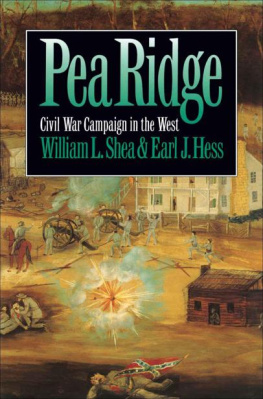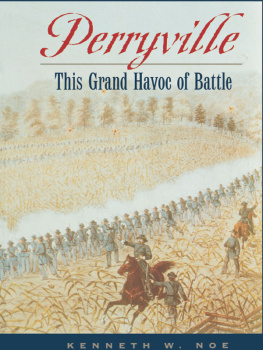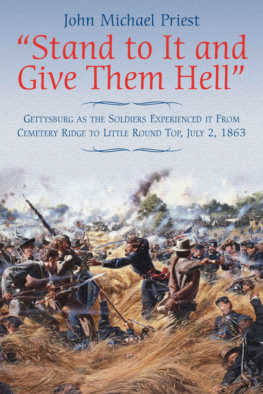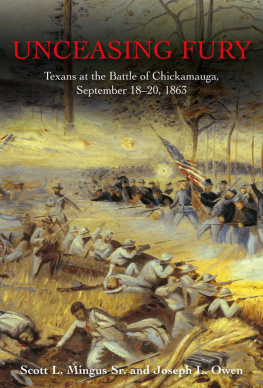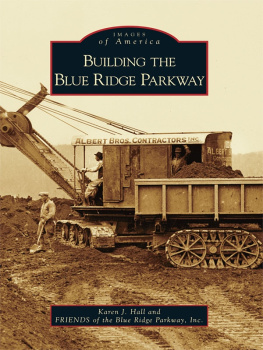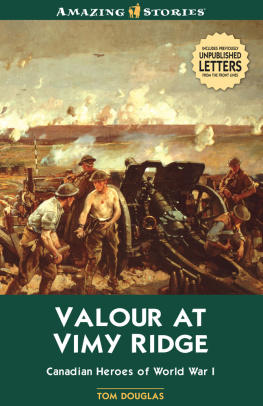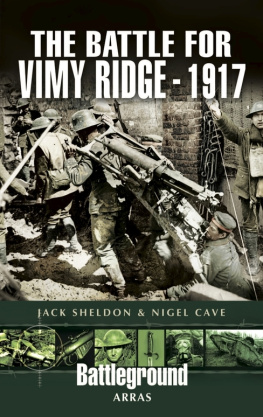Pea Ridge
Pea Ridge
Civil War Campaign in the West
William L. Shea & Earl J. Hess

The University of North Carolina Press
Chapel Hill & London
1992 The University of North Carolina Press All rights reserved Manufactured in the United States of America
The paper in this book meets the guidelines for permanence and durability of the Committee on Production Guidelines for Book Longevity of the Council on Library Resources.
Library of Congress Cataloging-in-Publication Data
Shea, William L.
Pea Ridge: Civil War campaign in the West / by William
L. Shea and Earl J. Hess,
p. cm.
Includes bibliographical references and index.
ISBN 978-0-8078-2042-1 (cloth: alk. paper)
ISBN 978-0-8078-4669-8 (pbk.: alk. paper)
1. Pea Ridge, Battle of, 1862. I. Hess, Earl J. II. Title.
E473.17.S54 1992
973.731-dc20 92-4465
CIP
11 10 09 08 07 11 10 9 8 7
Contents
Maps
1-1 Southern Missouri and Northern Arkansas,
2-1 Springfield to Little Sugar Creek,
2-2 Northwestern Arkansas,
4-1 Bentonville: McIntosh Attempts to Intercept Sigel,
5-1 Pea Ridge: Midday, March 7,
5-2 Leetown: Osterhaus Engages McCulloch on Fosters Farm,
5-3 Leetown: McCulloch and McIntosh Are Killed,
6-1 Leetown: Hbert Advances against Davis,
6-2 Leetown: Hbert Breaches the Federal Line,
7-1 Leetown: The Federals Counterattack and the Confederates Withdraw,
8-1 Elkhorn Tavern: Van Dorn and Carr Deploy,
9-1 Elkhorn Tavern: Vandever Attacks Slack,
9-2 Elkhorn Tavern: Carr Shortens His Line as Van Dorn Prepares to Attack,
10-1 Elkhorn Tavern: Van Dorn Attacks and Carr Falls Back across Ruddicks Field,
11-1 Pea Ridge: Night of March 7-8,
12-1 Elkhorn Tavern: 9:00 A.M., March 8,
12-2 Elkhorn Tavern: 10:00 A.M., March 8,
15-1 March of the Army of the Southwest, February-July 1862,
Illustrations
Samuel Ryan Curtis,
Franz Sigel,
Sterling Price,
Benjamin McCulloch,
Earl Van Dorn,
Albert Pike,
Elkhorn Tavern,
Telegraph Road,
Alexander S. Asboth,
James M. McIntosh,
The northern bluff of Little Sugar Creek, from Telegraph Road near the site of Trotts store,
Remains of trenches the Federals constructed atop the northern bluff of Little Sugar Creek,
Grenville M. Dodge,
Peter J. Osterhaus,
Fosters farm, looking northeast from the approximate location of Elberts battery,
Nicholas Greusel, in a postwar portrait,
Louis Hbert,
Jefferson C. Davis,
Morgans woods, east of Leetown Road,
Julius White,
Obersons field, looking northwest from the site of Davidsons battery,
Eugene A. Carr,
Tanyard Ravine, looking northward down the slope that forms the head of this ravine,
Huntsville Road, looking west toward Elkhorn Tavern,
Henry Little,
Francis J. Herron, William Vandever, and William H. Coyl,
Elkhorn Tavern, with the head of Tanyard Ravine to its rear and the eastern extremity of Big Mountain in the background,
Hunt P. Wilsons painting of Guibors battery in action against Carrs beleaguered Federals on the evening of March 7,
Artillery pieces mark the location of Guibors battery in front of Elkhorn Tavern on the evening of March 7,
Clemons field, looking east from Dodges position,
Hunt P. Wilsons painting of Pratts store on the morning of March 8,
An artillery piece marking the location of Welfleys battery atop Welfleys Knoll,
Welfleys Knoll, looking west from Telegraph Road across Ruddicks field,
Hunt P. Wilsons painting of the Confederate army just before it began to retreat from the battlefield on March 8,
Sandstone columns on the west face of the rocky promontory on Big Mountain,
The battlefield of March 8, looking south from the rocky promontory on Big Mountain,
The battlefield of March 8, looking southwest from the rocky promontory on Big Mountain,
The battlefield of March 8, looking west from the rocky promontory on Big Mountain,
Cyrus Bussey,
Frederick Steele,
Pioneers from Carrs Division, May 21, 1862 by Robert 0. Sweeny,
Elkhorn Tavern, Battle Ground of Pea Ridge, Ark. by Robert O. Sweeny,
The 37th Illinois battling Hberts brigade in Morgans woods, March 7, 1862,
Preface
In 1902 while speaking to a National Encampment of the Grand Army of the Republic in Washington, D.C., Grenville M. Dodge recalled the beginning of his Civil War experience forty years before. Dodge had risen to the rank of major general and had participated in many famous operations in Tennessee and Georgia, but he told his audience that he was proudest of what he had accomplished as a young colonel in Missouri and Arkansas in the second year of the war. He declared that during the Pea Ridge campaign the unheralded Army of the Southwest, Samuel R. Curtis commanding, did more marching and endured more suffering than the great armies I was connected with east of the Mississippi. Dodge accurately expressed the sentiments of many aging Federal veterans of Pea Ridge, one of whom wrote a few years earlier that for hard fighting, long and weary marches, as well as privations and sufferings endured, no army can show a better record, or one deserving greater credit, than the Army of the Southwest.
This book is the first detailed study of the Pea Ridge campaign, an often overlooked but important Trans-Mississippi operation which had a significant impact on the course of events in the West. It is primarily the story of how the Federal Army of the Southwest triumphed over its nemesis, the Confederate Army of the West, in a desperate two-day battle in northwestern Arkansas in March 1862. In preparing this study, we were discouraged to note how frequently military operations in the Trans-Mississippi are disparaged or even dismissed as irrelevant by historians who should know better. It seems obvious to us that events in Missouri and Arkansas were as much a part of the Civil War as events in Virginia or Georgia and are equally deserving of scholarly and popular attention. True, campaigns west of the great river had only a modest effect on the ultimate outcome of the struggle, but the terrible drama of battle and the devastation wrought by passing armies recognized no geographical barriers. Northerners and southerners fought as desperately in an Arkansas thicket as they did in a Pennsylvania wheatfield.
In attempting to produce a comprehensive account of the Pea Ridge campaign we foraged for unpublished manuscript material in archives from Connecticut to California and from Michigan to Louisiana. We also reconnoitered dozens of big-city and small-town newspapers in search of soldiers letters published as a public service for the information they contained, a common practice during the Civil War. We uncovered an enormous amount of unpublished and published (but long forgotten) material on the campaign, far more than we expected to find or could possibly use. We came away from this project convinced that the Civil War in the West is fertile ground for pioneering historians.
A one-volume study of a large campaign or battle rarely takes note of tactics below the brigade level, but because Pea Ridge was a medium-sized engagement, we discuss tactics down to the company and battery level and examine leadership, logistics, medical care, ethnic and personal conflicts, and other aspects of Civil War operations often overlooked. And because the story of a campaign does not necessarily end when the last shot has been fired or the last mile has been marched, we also explore the cultural legacy of Pea Ridge and the fate of the battlefield itself, now largely preserved within the boundaries of Pea Ridge National Military Park. We hope that the result will come close to being a complete study of a single Civil War campaign.

